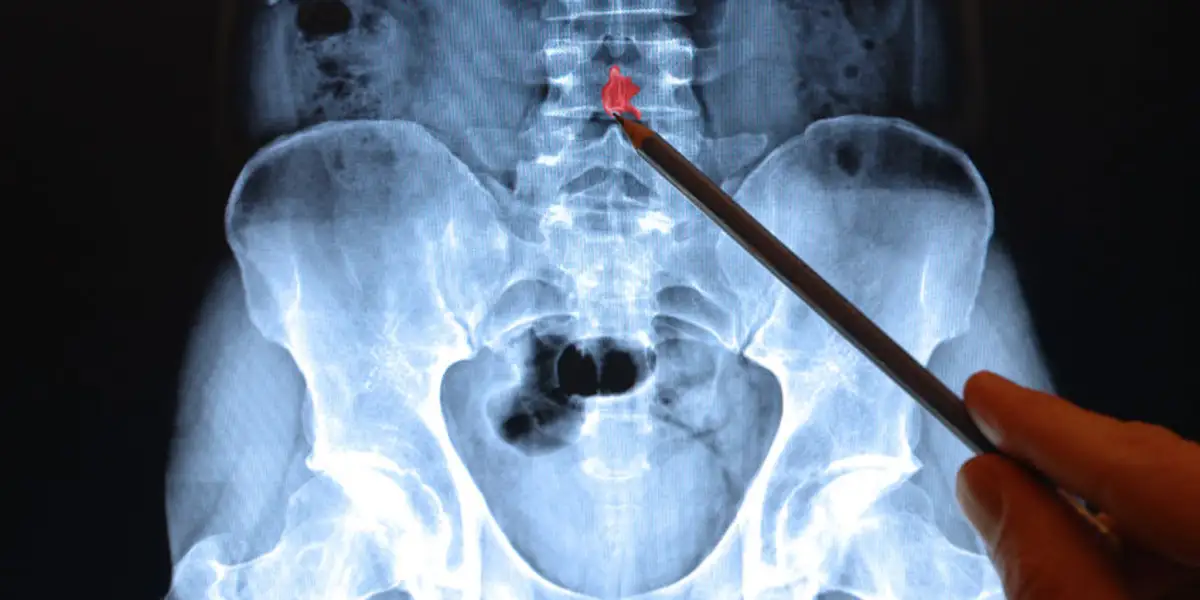Back pain is one of the most common health complaints worldwide, affecting millions of people across all age groups. Whether it’s a dull ache or a sharp, debilitating pain, back discomfort can significantly impact your quality of life.
When it comes to diagnosing the cause of back pain, healthcare providers have a variety of tools at their disposal, one of the most commonly used being the X-ray. But when are X-rays for back pain truly necessary? Understanding when and why you need an X-ray will help you find the best X-Ray near me.
Understanding Back Pain
Before diving into the necessity of X-rays, it’s important to understand the nature of back pain. Back pain can originate from various sources, including muscles, ligaments, nerves, bones, and joints. It can be acute, lasting a few days to weeks, or chronic, persisting for months or even years.
When Should You Consider an X-ray?
X-rays are a form of electromagnetic radiation that creates images of the inside of the body, particularly bones. They are widely used in medical diagnostics because they provide a clear picture of the skeletal structure. However, not all back pain cases require an X-ray.
- Initial Evaluation and Medical History
In most cases, back pain is first evaluated through a physical examination and a review of your medical history. Your healthcare provider will ask about the nature of your pain, its location, duration, and any associated symptoms such as numbness, tingling, or weakness. They may also inquire about your activity level, occupation, and any recent injuries.
During the physical examination, your doctor will assess your posture, range of motion, and reflexes. It is important to find only a reputable X-Ray near me to make the process smooth.
If your back pain is mild and does not include any alarming symptoms, your doctor may recommend conservative treatment options such as rest, physical therapy, or over-the-counter pain relievers. In these cases, an X-ray may not be necessary.
- Red Flags: When X-rays Are Essential
There are certain “red flag” symptoms that indicate a more serious underlying condition, where an X-ray or other imaging tests might be required. These include:
- Severe Trauma:
If you have experienced a significant injury, such as a fall, car accident, or sports-related impact, an X-ray is often necessary to rule out fractures or dislocations.
- Persistent Pain:
If your back pain persists for more than six weeks despite treatment, you may need an X-ray near me to investigate the cause.
- Unexplained Weight Loss:
Sudden, unexplained weight loss accompanied by back pain could be a sign of a serious condition such as cancer, and imaging tests, including X-rays, may be required.
- Fever and Back Pain:
If back pain is accompanied by fever, it could indicate an infection, such as osteomyelitis or a spinal abscess, which requires prompt imaging and treatment.
- Neurological Symptoms:
Symptoms such as numbness, tingling, weakness in the legs, or difficulty controlling bladder or bowel function suggest nerve involvement. In such cases, an X-ray may be used as part of the diagnostic process, though more advanced imaging like an MRI may be more appropriate.
- History of Cancer:
If you have a history of cancer and develop new back pain, your doctor may order an X-ray to check for metastasis to the spine.
- Monitoring Chronic Conditions
For individuals with chronic back conditions such as scoliosis or ankylosing spondylitis, regular X-ray near me can monitor the progression of the disease. In these cases, X-rays can help track changes in the spine over time and guide treatment decisions.
What Can an X-ray Reveal?
X-rays are particularly useful for identifying certain types of back problems, including:
- Bone Fractures:
X-rays can clearly show fractures in the vertebrae, which may be causing pain.
- Bone Spurs:
These are bony growths that can develop on the spine and contribute to back pain by irritating nearby nerves or tissues.
- Degenerative Disc Disease:
X-rays can reveal signs of disc degeneration, such as reduced space between the vertebrae.
- Spondylolisthesis:
This condition occurs when one vertebra slips forward over the one below it, which can be seen on an X-ray.
- Spinal Alignment Issues:
Searching for an X-ray near me can detect abnormalities in the curvature of the spine, such as scoliosis or kyphosis.
However, it’s important to note that X-rays have limitations. They are not effective for visualising soft tissues such as muscles, ligaments, and intervertebral discs. For issues involving these structures, more advanced imaging techniques like MRI or CT scans may be recommended.
Potential Risks and Considerations
While X-rays are generally safe, they do expose you to a small amount of radiation. For most people, the benefits of accurately diagnosing a condition far outweigh the risks, but it’s always important to consider this exposure, especially if multiple X-rays are needed over time.
Pregnant women, in particular, should avoid X-rays unless absolutely necessary, as radiation can pose risks to the developing foetus. If an X-ray is needed during pregnancy, protective measures, such as a lead apron, are used to shield the abdomen.
Final Words
X-rays are a valuable tool in the diagnosis and management of back pain, but they are not always necessary for every case. The decision to use X-rays should be based on a careful evaluation of your symptoms, medical history, and physical examination.
If your back pain is associated with red flag symptoms, a history of trauma, or if it persists despite treatment, an X-ray near me may be essential in determining the underlying cause and guiding appropriate treatment. Choose Care Scan – www.carescan.com.au/xray for the best treatment and services.











